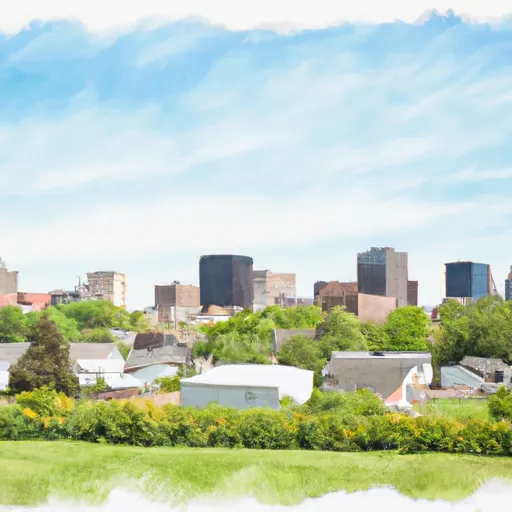°F
°F
mph
Windspeed
%
Humidity











Garden City, Iowa is a small town located in the central part of the state. The climate in Garden City is typical of the Midwest, with hot summers and cold winters. The town is situated near the Cedar River, which provides a source of water for residents and is also a popular spot for fishing and boating. Garden City is home to several parks, including the Riverside Park and Campground, which offers camping, hiking, and nature trails. The town is also located near several state parks, such as the Ledges State Park and the Boone Forks Wildlife Area, which provide additional opportunities for outdoor recreation. Overall, Garden City is a great place for outdoor enthusiasts looking to explore the natural beauty of Iowa.
Weather Forecast
Garden-City receives approximately 877mm of rain per year, with humidity levels near 83% and air temperatures averaging around 9°C. Garden-City has a plant hardyness factor of 5, meaning plants and agriculture in this region thrive during a short period during spring and early summer. Most plants will die off during the colder winter months.
Regional Streamflow Levels
63
Cubic Feet Per Second
8
Cubic Feet Per Second
8
Cubic Feet Per Second
100
Cubic Feet Per Second
Nearby Camping
| Camping Area | Reservations | Toilets | Showers |
|---|---|---|---|
| Ashton Wildwood Park | |||
| Isanti County Fairgrounds | |||
| Van Meter State Park | |||
| Sakatah Lake State Park | |||
| Pershing State Park | |||
| Cleary Lake Regional Park |



